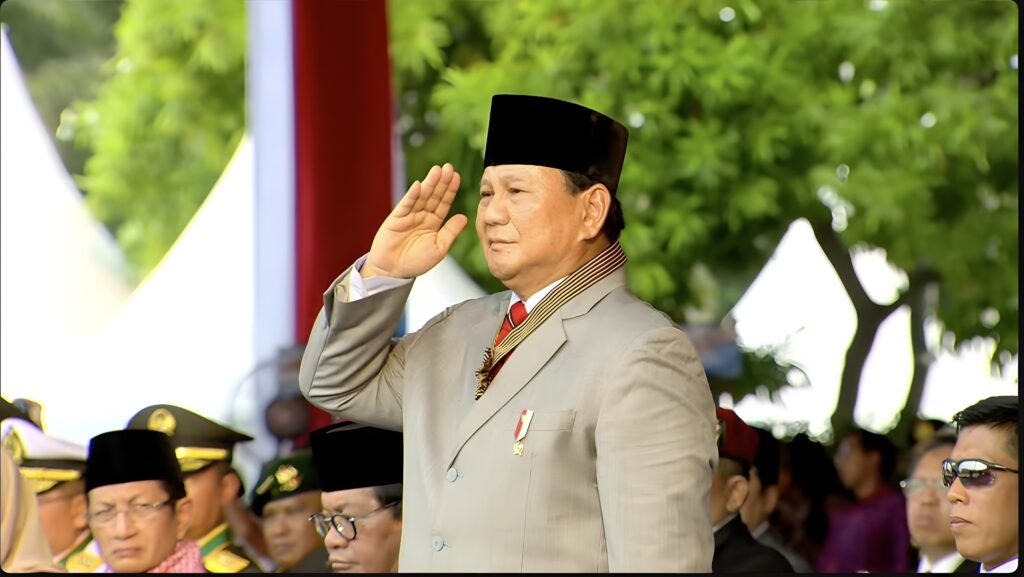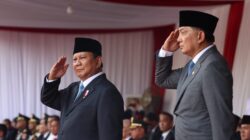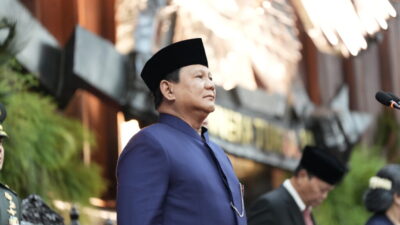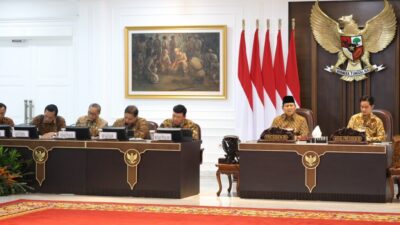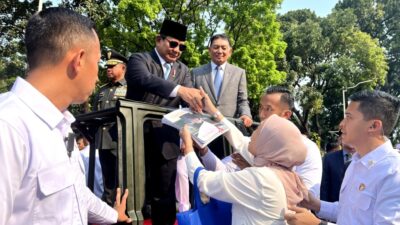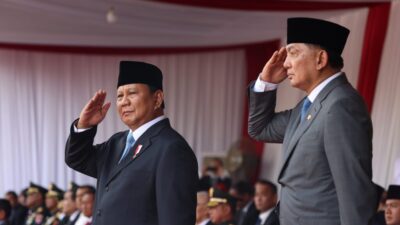Priorities in Different Budget Sectors
I. Education Sector Budget Priorities:
1. Enhancing access to education.
2. Providing educational facilities and infrastructure.
3. Offering educational assistance.
4. Improving the quality of education.
5. Strengthening link and match strategies to increase relevance with the industrial world.
6. Providing nutritious meals for students at all educational levels.
II. Health Sector Budget Priorities:
1. Providing nutritious meals for pregnant/breastfeeding women and toddlers.
2. Accelerating the reduction of stunting.
3. Strengthening the National Health Insurance Program (JKN).
4. Improving access, quality, and availability of primary and referral health services.
5. Enhancing inter-agency synergy and strengthening local government roles in health infrastructure provision.
6. Increasing the number, quality, and distribution of health human resources.
7. Gradually strengthening the independence of the pharmaceutical industry.
III. Social Protection Budget Priorities:
1. Improving targeting of social protection programs.
2. Strengthening convergence and complementarity of social protection programs.
3. Enhancing the effectiveness of program design and implementation, accelerating graduation from poverty.
4. Strengthening lifelong social protection to anticipate an ageing population.
5. Enhancing adaptive social protection schemes to anticipate crisis risks.
IV. Infrastructure Budget Priorities:
– Aimed at increasing production capacity to boost national economic competitiveness and growth.
– Strategies include developing infrastructure to support economic transformation such as basic infrastructure, connectivity infrastructure, energy infrastructure, digital infrastructure, food infrastructure, and supporting infrastructure for the IKN area, along with PPP infrastructure projects.
V. Food Security Budget Priorities:
1. Increasing food production to support national food self-sufficiency.
2. Improving the quality of healthy food consumption.
3. Enhancing distribution and agricultural infrastructure.
4. Strengthening coordination between central and local governments.
5. Strengthening national food reserves and community food barns.
6. Enhancing institutional, financing, and protection of farming enterprises.
VI. Industrial Downstreaming Budget Priorities:
– Aimed at creating added value and job opportunities through policies for mineral-based industrial downstreaming and agro-based industrial downstreaming.
– Also includes enhancing competitiveness through industrial ecosystems development, industry standardization supervision, increasing the use of domestic products, and industrial technology.
VII. Investment Strengthening Budget Priorities:
– Aimed at strengthening foreign investment and international cooperation to accelerate industrial downstreaming, green economy, green infrastructure development, and circular economy development.
– Policies include improving ease of doing business, developing investment opportunity maps, and supporting customs facilities.
VIII. Gender Mainstreaming Development Budget Priorities:
– Directed through Gender Mainstreaming Strategy (PUG) to improve access, participation, control, and benefits for women in development, reducing violence against women.
– Policies include increasing access to health and educational services for women, strengthening capacity and independence, enhancing women’s leadership in decision-making, and promoting active participation of women in the economy and labor market.
Additionally, the government is committed to continuing the Redesign of Planning and Budgeting System (RSPP) policies to strengthen the value for money principle, performance-based budget implementation, and program convergence across ministries/agencies through thematic, holistic, and spatial approaches.
